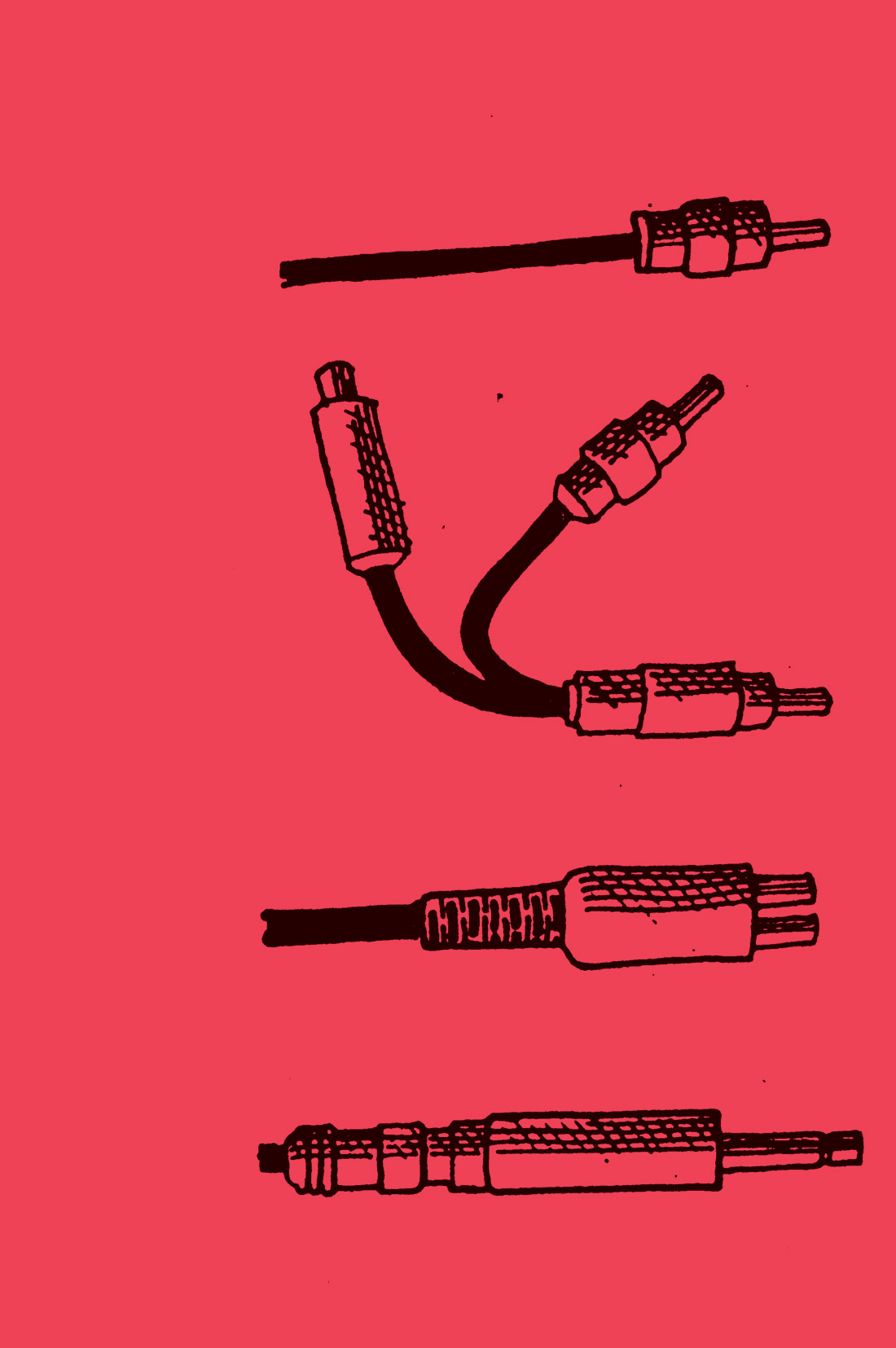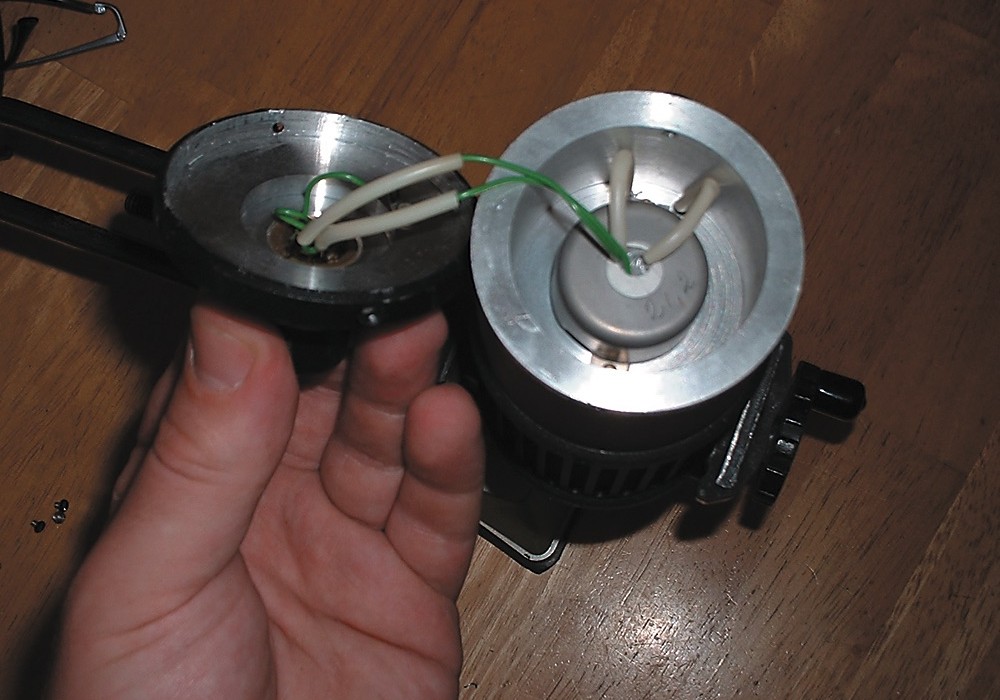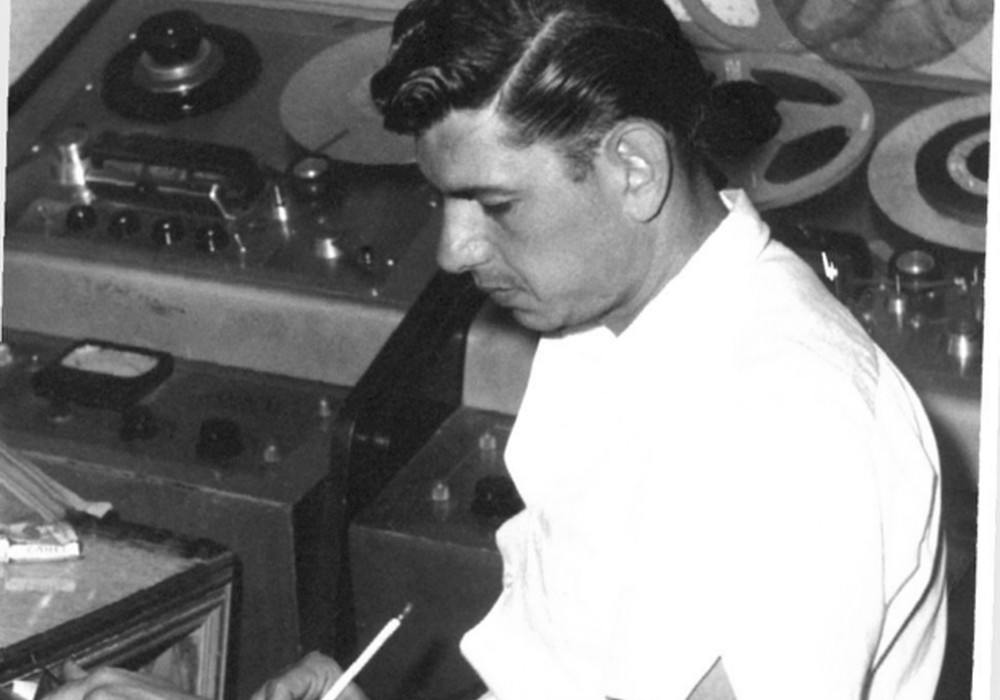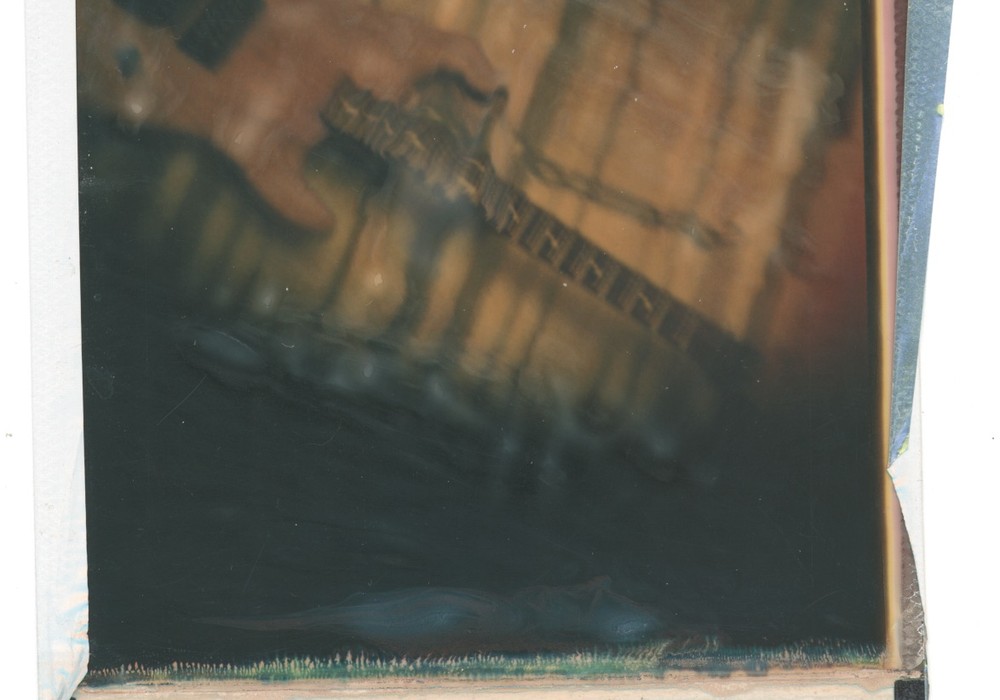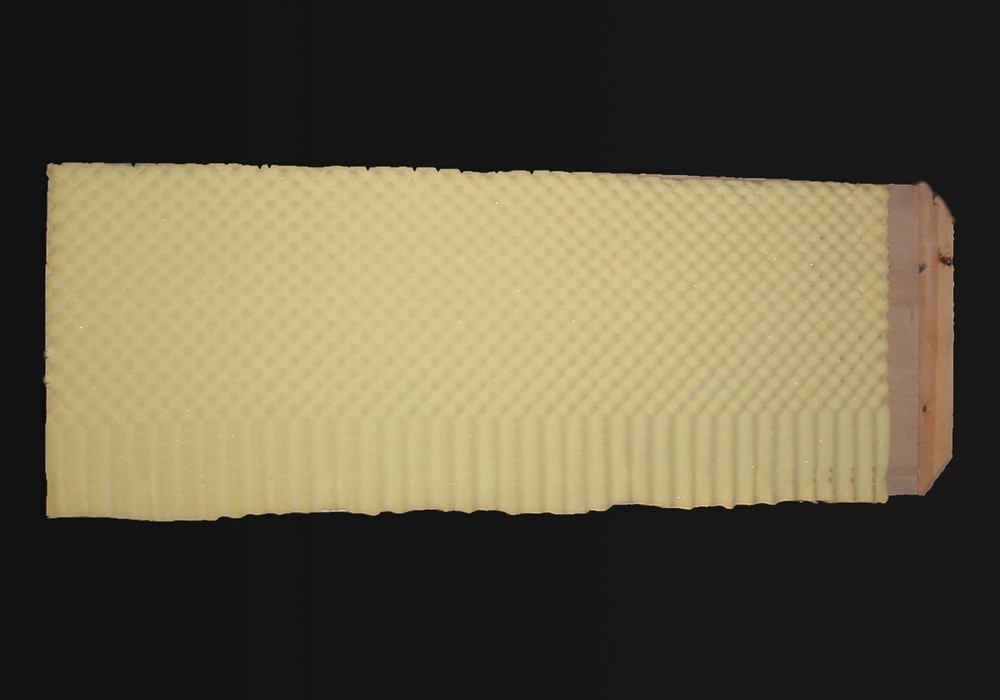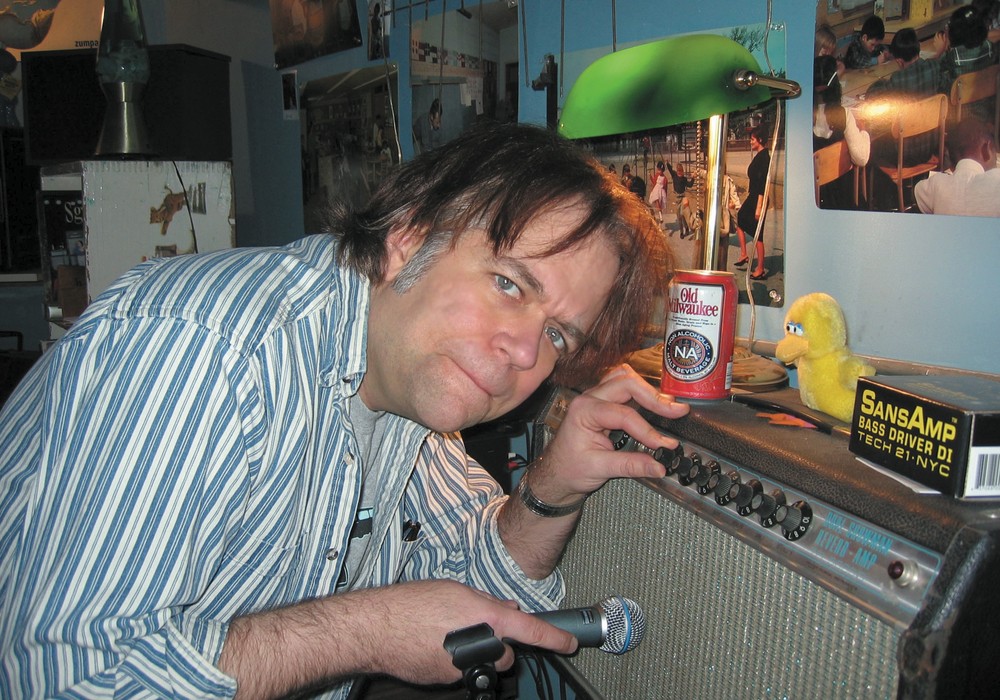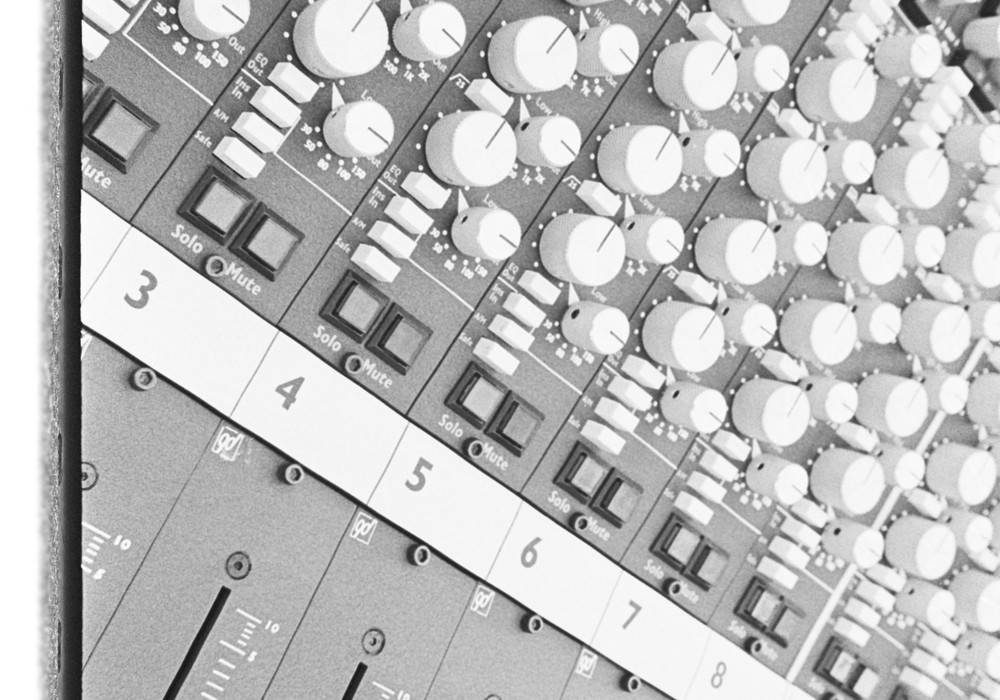In Recording Recipes No. 2 (TAPE OP No. 10), I wrote about flying microphones. This time I'll set forth a few recording techniques involving flying (roaming, really) musicians. As with the microphone techniques, the goal when using flying musician techniques is to create and capture unique volume, position and/or timbre changes in the performance you're recording. It's a roundabout approach to orchestration and dynamics. The following methods can work in a variety of recording situations (four-track and beyond) and are designed for vocals and hand-held acoustic instruments.
Volume Changing
Did you know that an automated volume control technique was used with Elvis Presley when he first started recording? An assistant engineer would stand behind him, clutch his shoulders, and physically pull him away from or push him closer to the microphone depending on Elvis' volume. In those days, this technique was crucial since everything was usually going down live. No one had the ability to fix it in the mix. But even if you've got the space to isolate a vocalist, or other volatile sound sources, onto a single track, this approach could save you some mixing hassle. Also, too often people record the various parts of a piece of music without a clear picture of the desired end result. So when it comes time to mix, they're left with the chore of juggling those parts within the mix and taming volume fluctuations within the parts.
When you prepare to record a song, try writing down the song's structure in a linear form before you start. This is generally referred to as a "chart". You don't have to know how to read or write music to do this. I find using different shapes to represent the different sections of the piece helpful. You can even use magic markers and crayons if you want. Then, once you have the entire piece laid out, choose which sections will serve what purposes (i.e., this will be the loud part, this will be the catchy part, etc.). Once you have a clear picture of how you'd like the song to unfold before the listeners' ears, you can address all your performances to suit this plan.
Back to flying musicians. Like the voice of the young Elvis Presley, some sounds are difficult to control volume wise. Or they take on a considerably different timbre when played quietly. A lot of percussion and wind instruments fall into this category. Luckily though, many of them are hand-held. For this recipe, you'll need one microphone, a vocalist or carryable instrument, and a song in need of track-embedded dynamic performances that require no adjustments during mixing.
1) Set up the microphone so there's room to roam away from it either directly in reverse or off to the side (each has a different effect). Don't forget to lose the clomping shoes if you're on wood or cement floors.
2) Get a level on the vocal or instrument up close at a moderate to loud level. Mark the spot on the floor with tape*.
3) Have the performer move away from the microphone (still singing or playing at the same volume) until he or she has reached a spot that reduces the volume to a level that'll work well as the quiet level in the song. Mark this spot with
tape, too. I often set this level at about one-third of the loudest level on my meter.
4) Record. If you're doubling any vocals or instruments, replicate the maneuvers for each one. And as always, if you can
get a few people to perform the same part at once, you'll get something you can't fake with overdubs-charming chaos. Here are a few possible applications: Start the song at the furthest distance and naturally "fade-in" the intro by walking toward the microphone. Do the same, but in reverse, for the song's fade-out. During a solo, have everybody but the soloist step back from the microphone. As the song progresses, with each section change, move the performer a step closer to the microphone.
Timbre Shifting
Changing the tone of a vocal or instrument during a song is another way of aiding the dynamics in your composition. Here's a simple technique. You'll need a microphone, of course, and a rug.
1) Set up the microphone near a highly reflective wall. Position it and thevocalist or instrument so the reflected sound is easily heard. This may require the performer to be a little off axis from the microphone.
2) While recording, have someone hold the rug up against the highly reflective wall, thus dampening the sound. You may need to drape the rug over a pole and use that as a handle. Otherwise, it's hard to get the rug in between the wall and the microphone without the person holding the rug getting in the way.
Possible applications: During the verses put the rug up, then during the choruses, take the rug down. Start with the rug up, then gradually lower it to the floor over the course of the song. Switch between the rug, a wood surface (the wall), and a metal sheet throughout the course of a song. (More on this tri-tone technique in the future.)
Hands-Off Auto-Panning
This approach is easiest with lots of tracks available, but can definitely be done with a four-track. You'll need two microphones (the same brand and model is preferable) and two free tracks.
1) Set up the microphones a couple feet apart facing the performer. The three of them should form a triangle.
2) Set the levels on the individual tracks so that they are just below optimum.
3) Have the performer take a step or two to each side from this central location and check the individual levels. They should be optimum for one side and much quieter on the other.
Possible applications: Have the background vocals travel from the left to the right, then right to left in unison. Have contrasting sounds criss-cross each other while they are being performed. When a supporting instrument takes a solo, have the performer step into the center for the solo from one of the sides, then go to the other side for the remainder of the song.
Flying Musicians and Flying Microphones
This is an idea I've had for a long time and haven't tried yet, but it's one of my favorites. Record using all the techniques in this article, and the flying microphones from Recording Recipes No. 2 (depending on the instruments), at the same time and on every performance. This will require lots of planning and patience. My hope is to do an entire album this way one day. To mix, I want to be able to bring all the faders up to unity and just let it play.
As a last thought, I'd like to add that these techniques aren't intended to save your songs. They are intended to help elucidate the musical nuances and to add color and interest. A great song can shine through even the most inept or unconsidered recording and stick in your memory. A bad song can sneak by with the help of studio trickery, but usually only for the duration of the song. Once it's over, it's forgotten-unless it's really bad.
*With vocalists it may be better to hang something from the ceiling at head height as a marker for the close up position (just like when people hang tennis balls in the garage so that they hit the windshield when the vehicle is pulling in and has reached the perfect depth without crunching the trash cans). If the singer is looking down at the floor for their mark, it could significantly change the close-up volume and timbre, thus ruining the whole effect.
